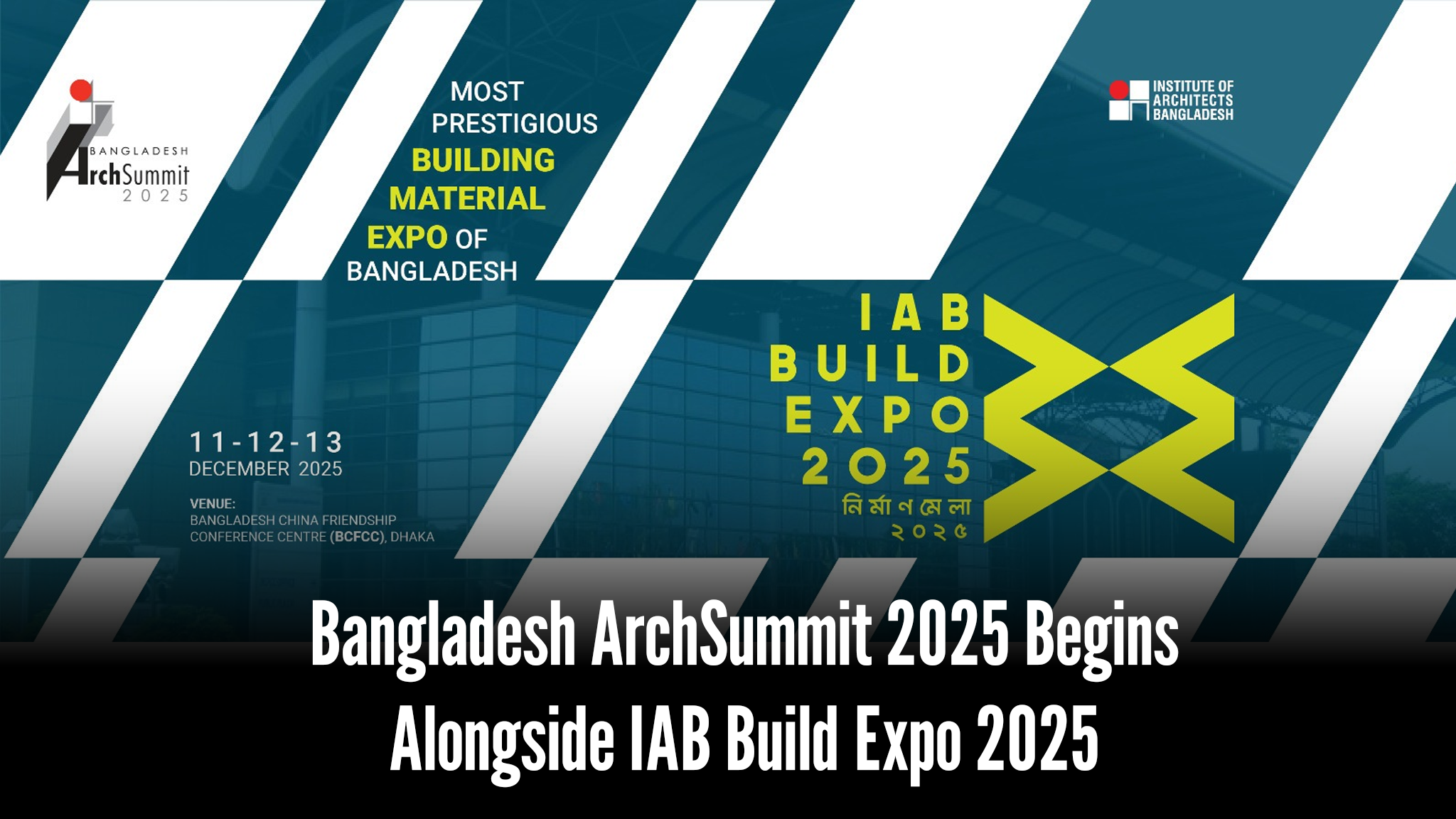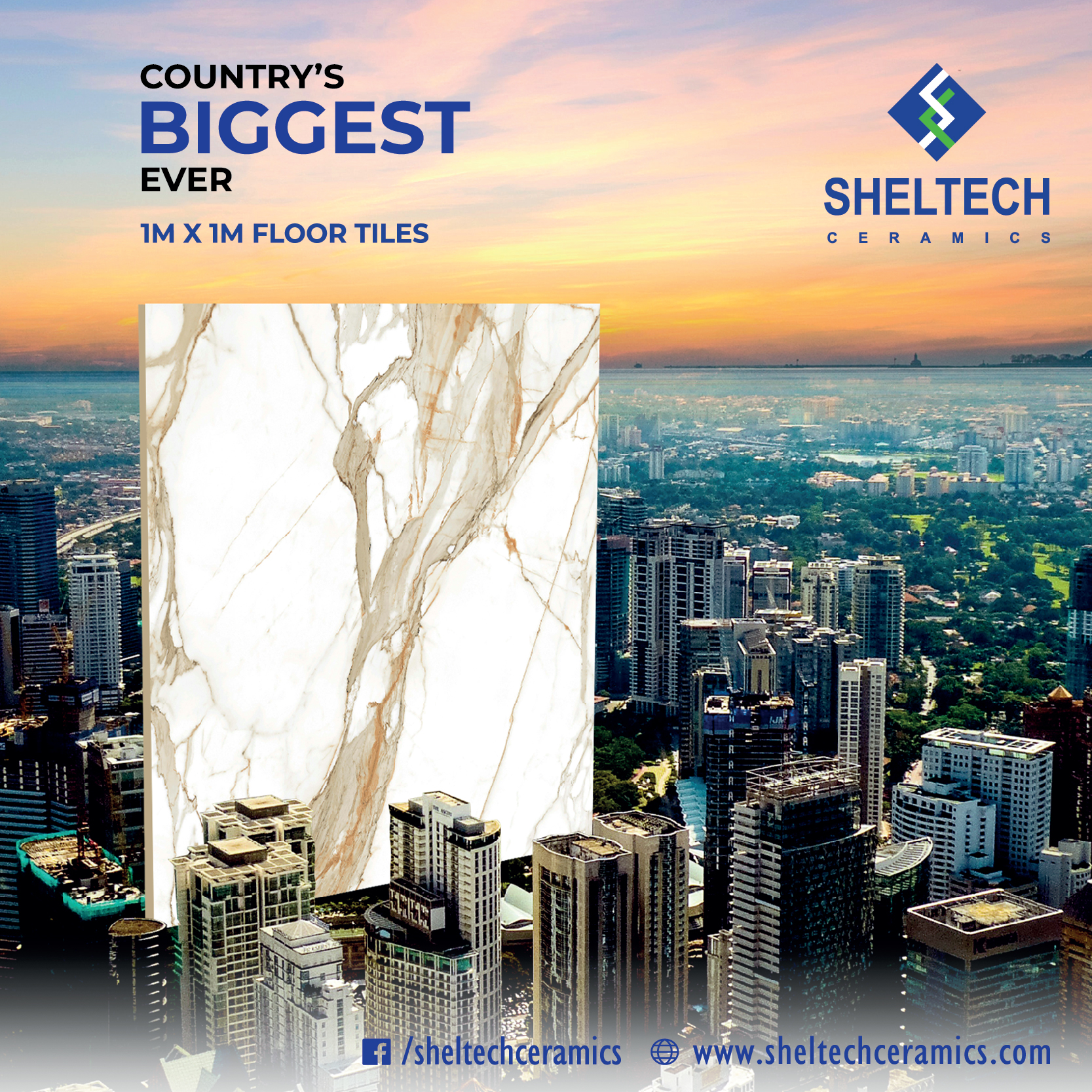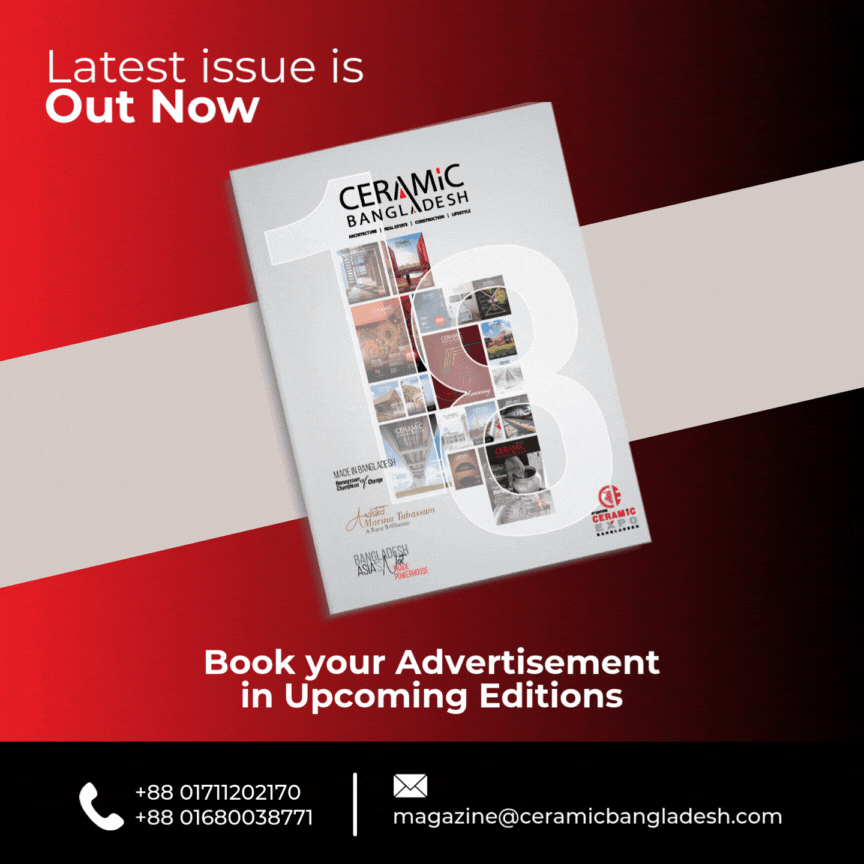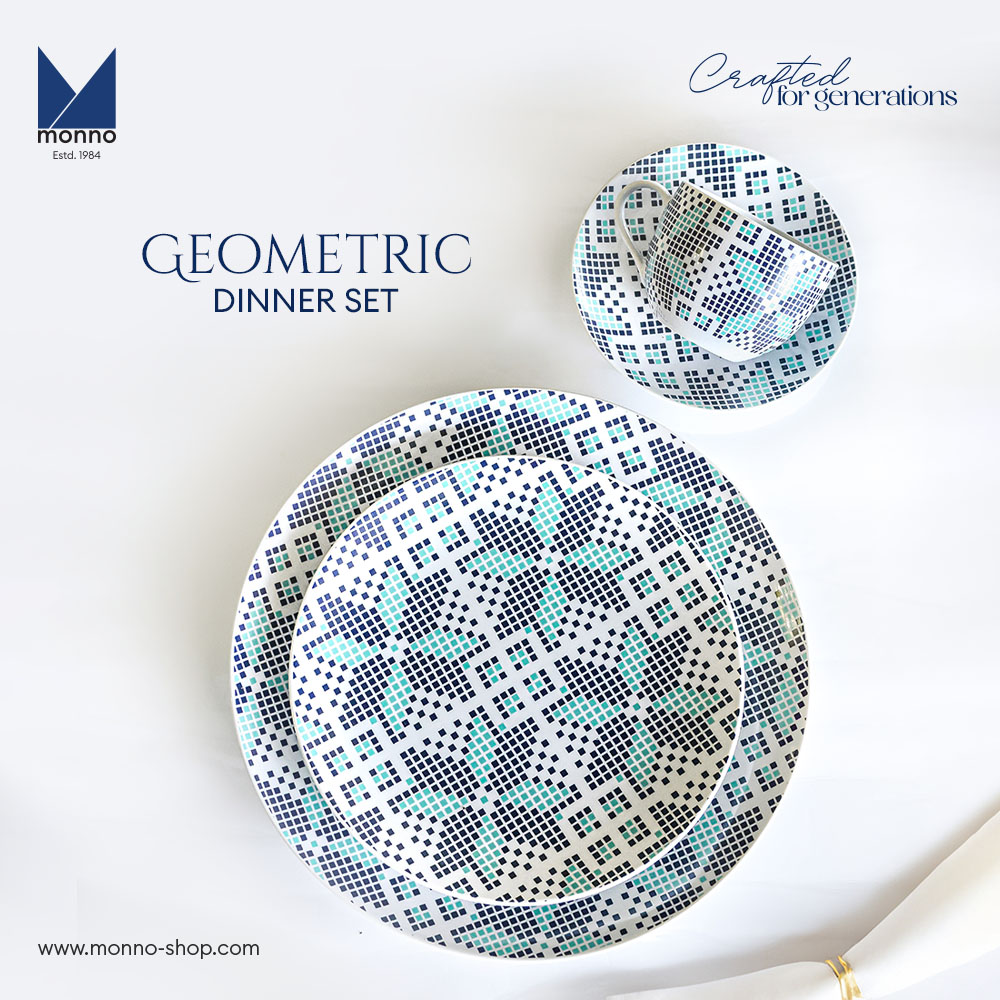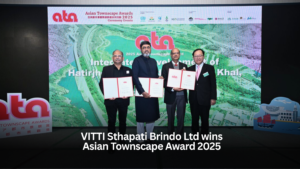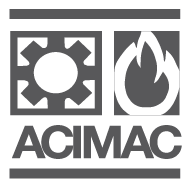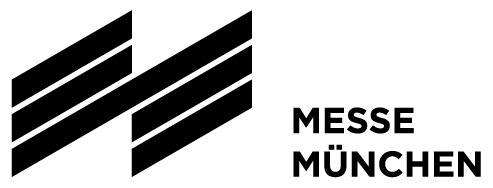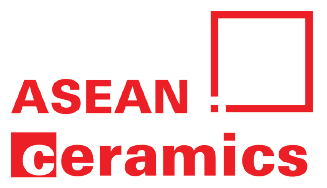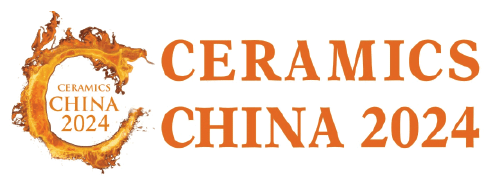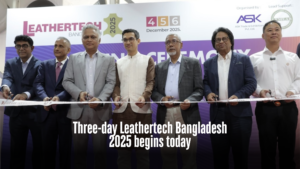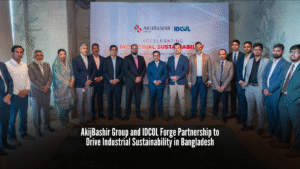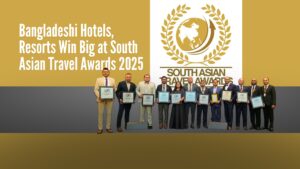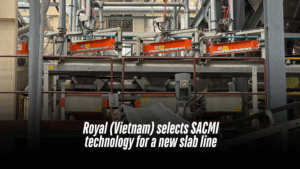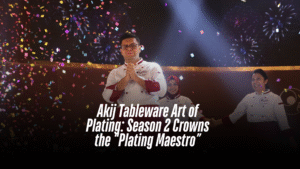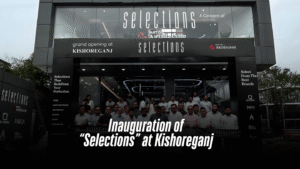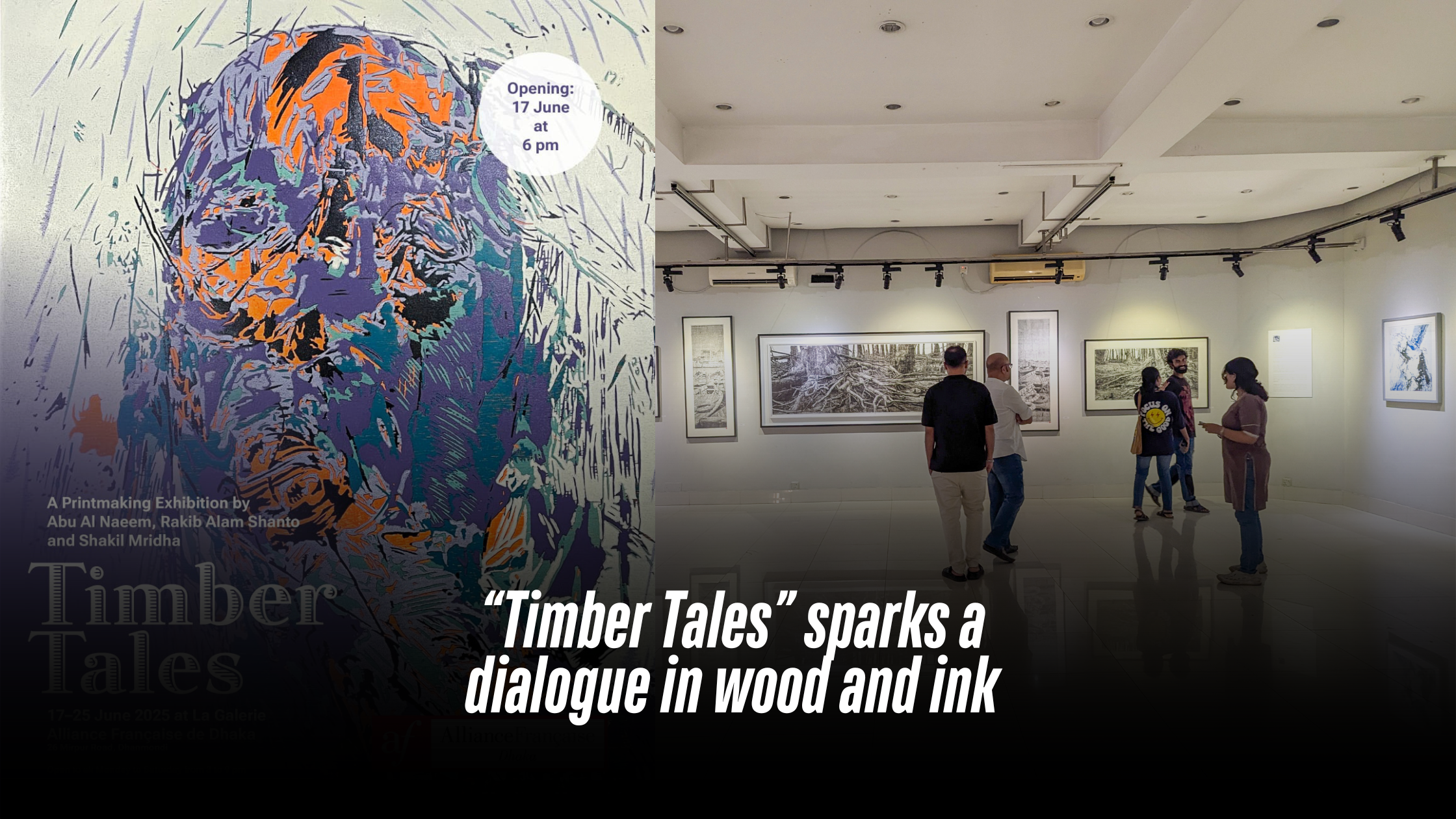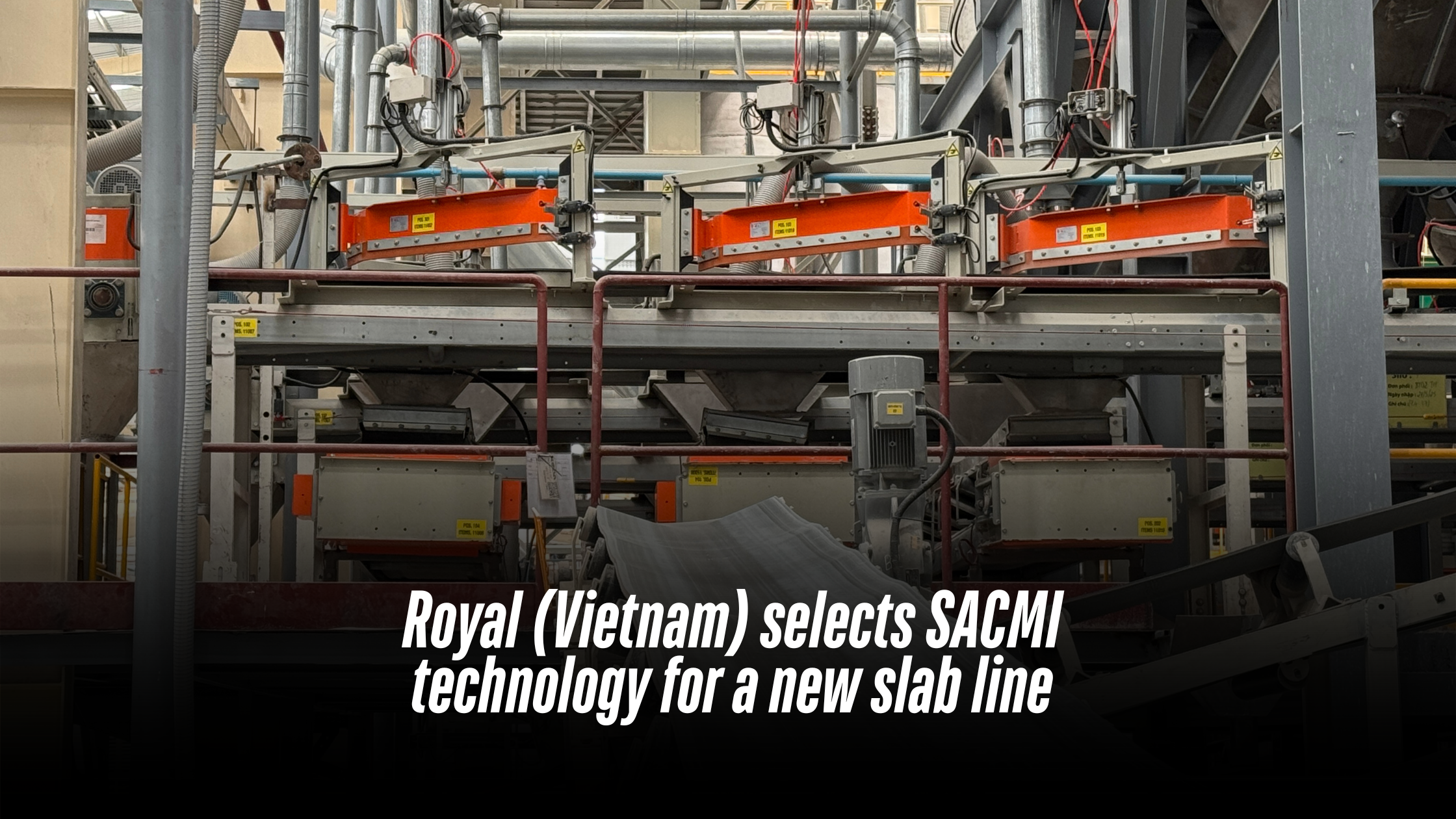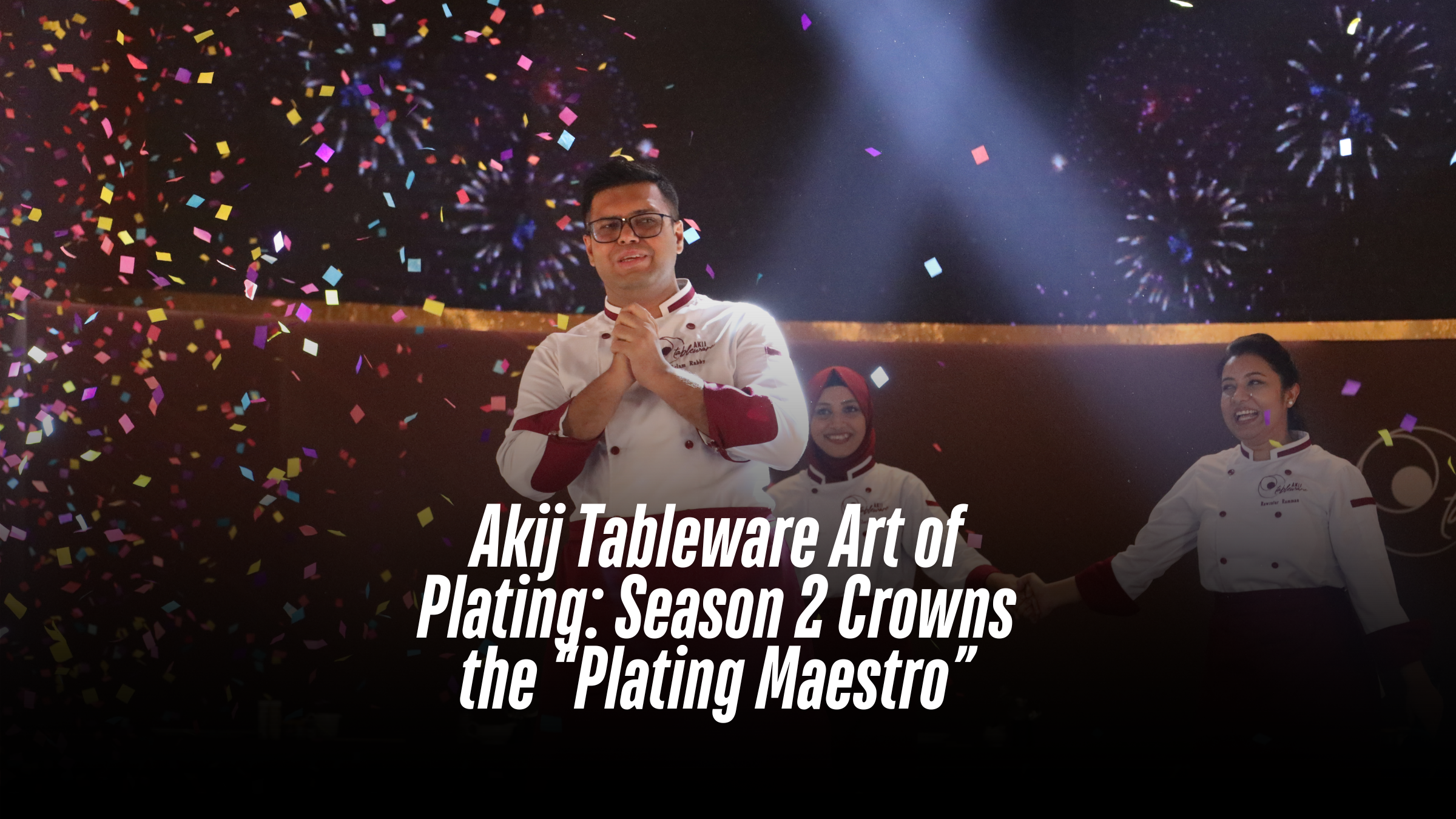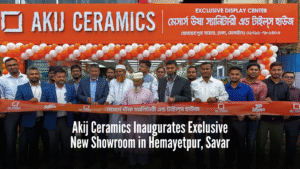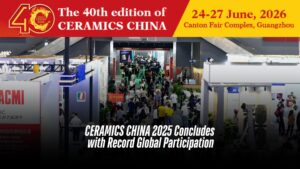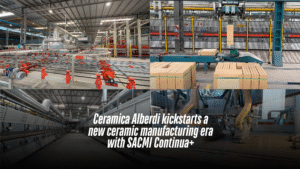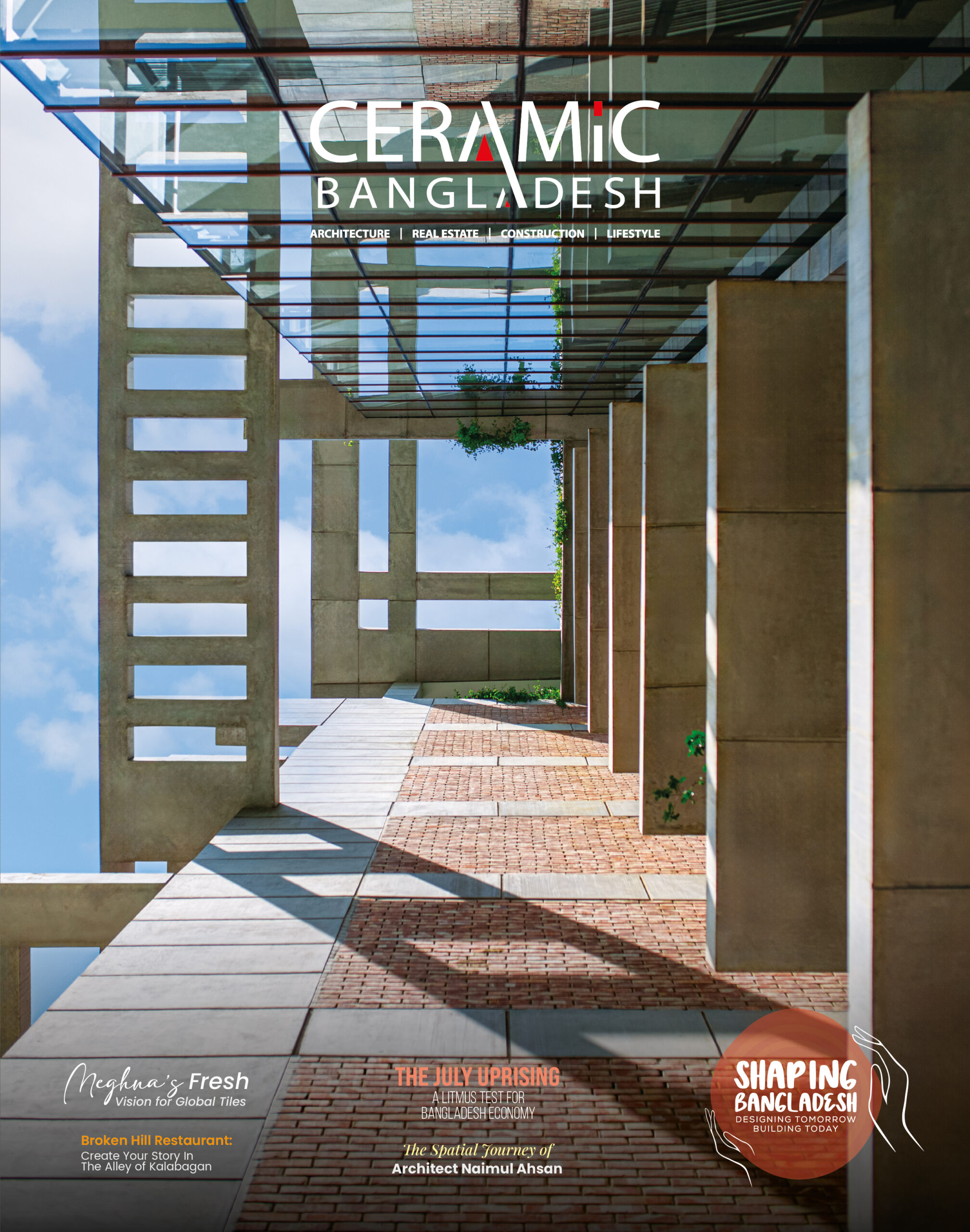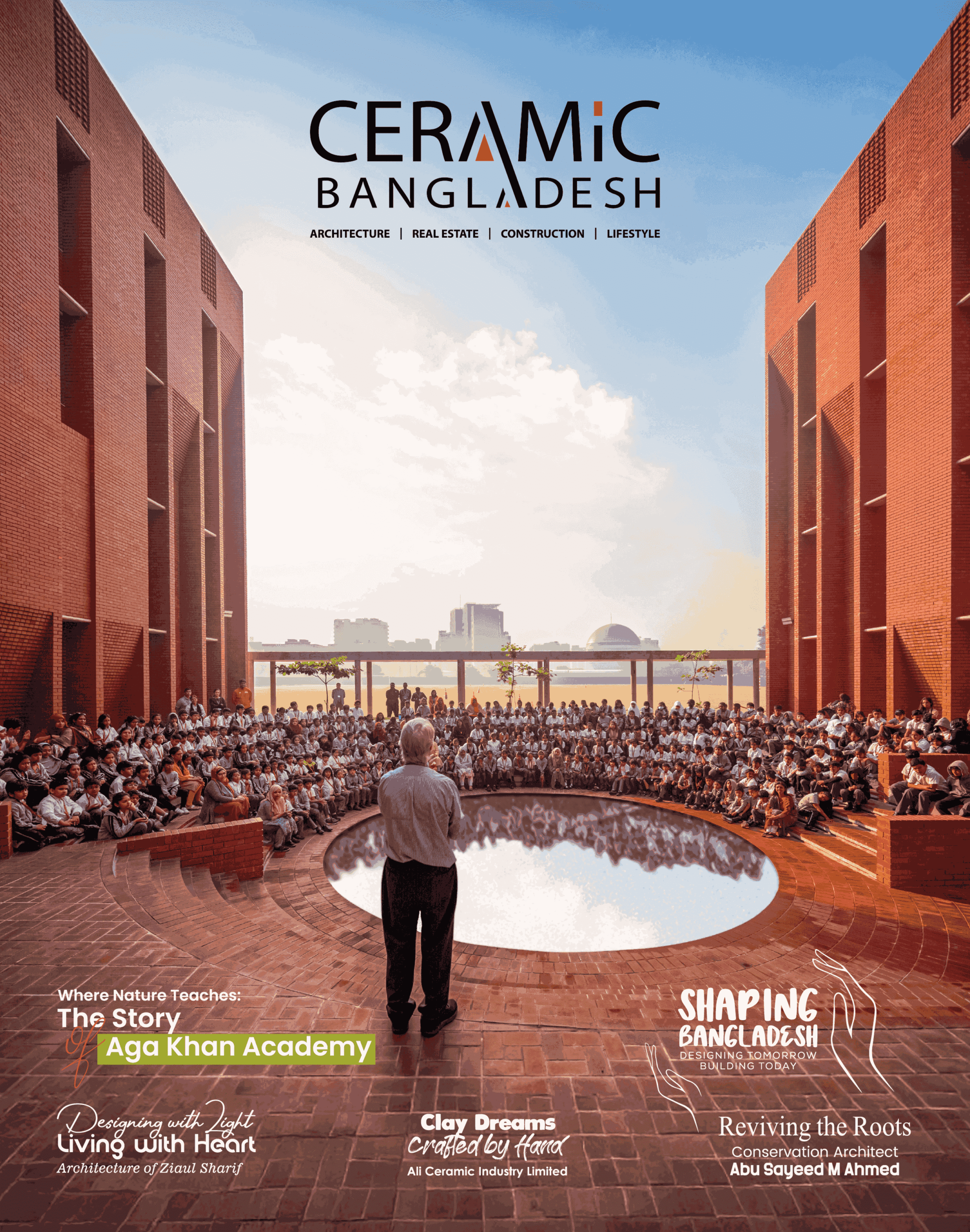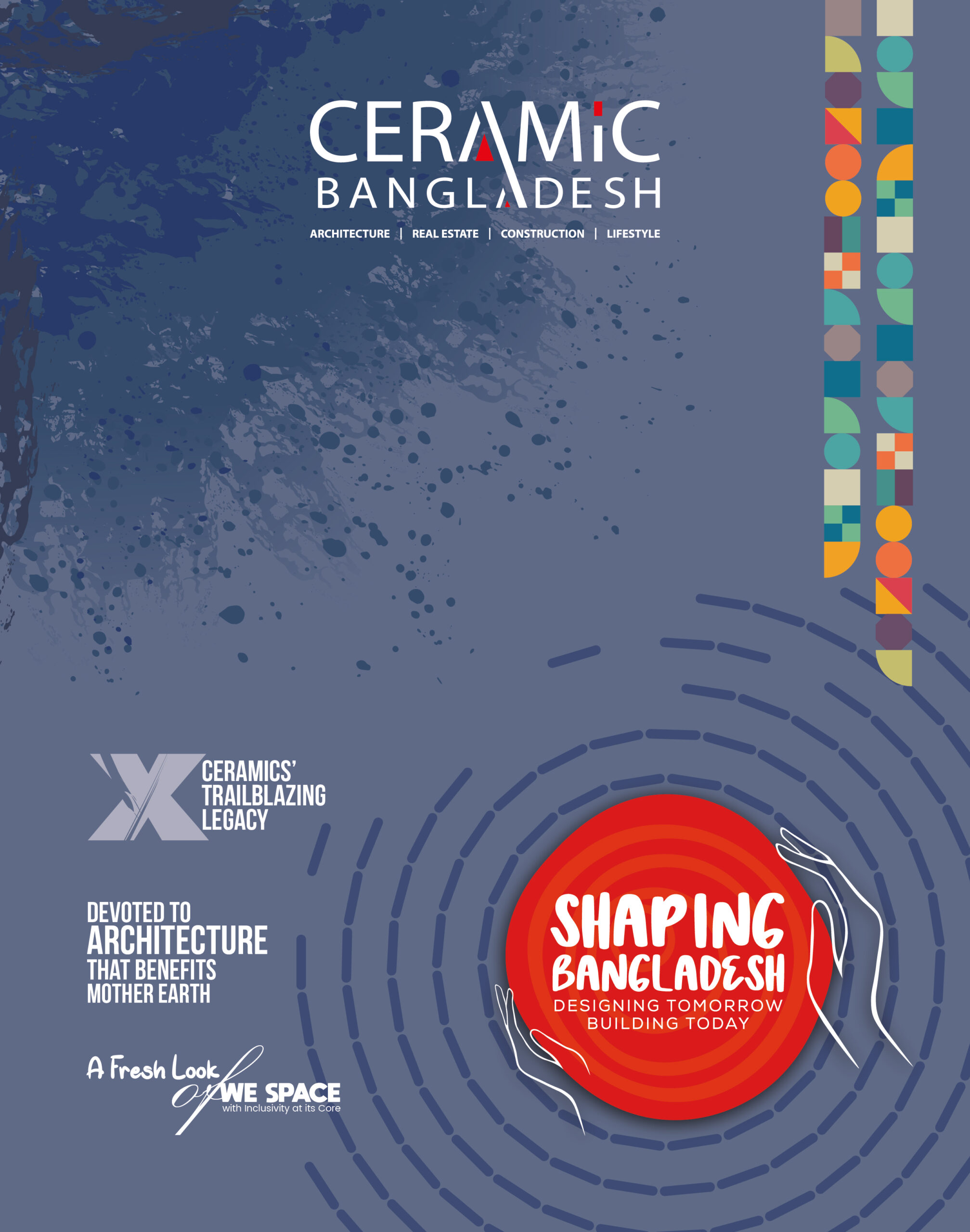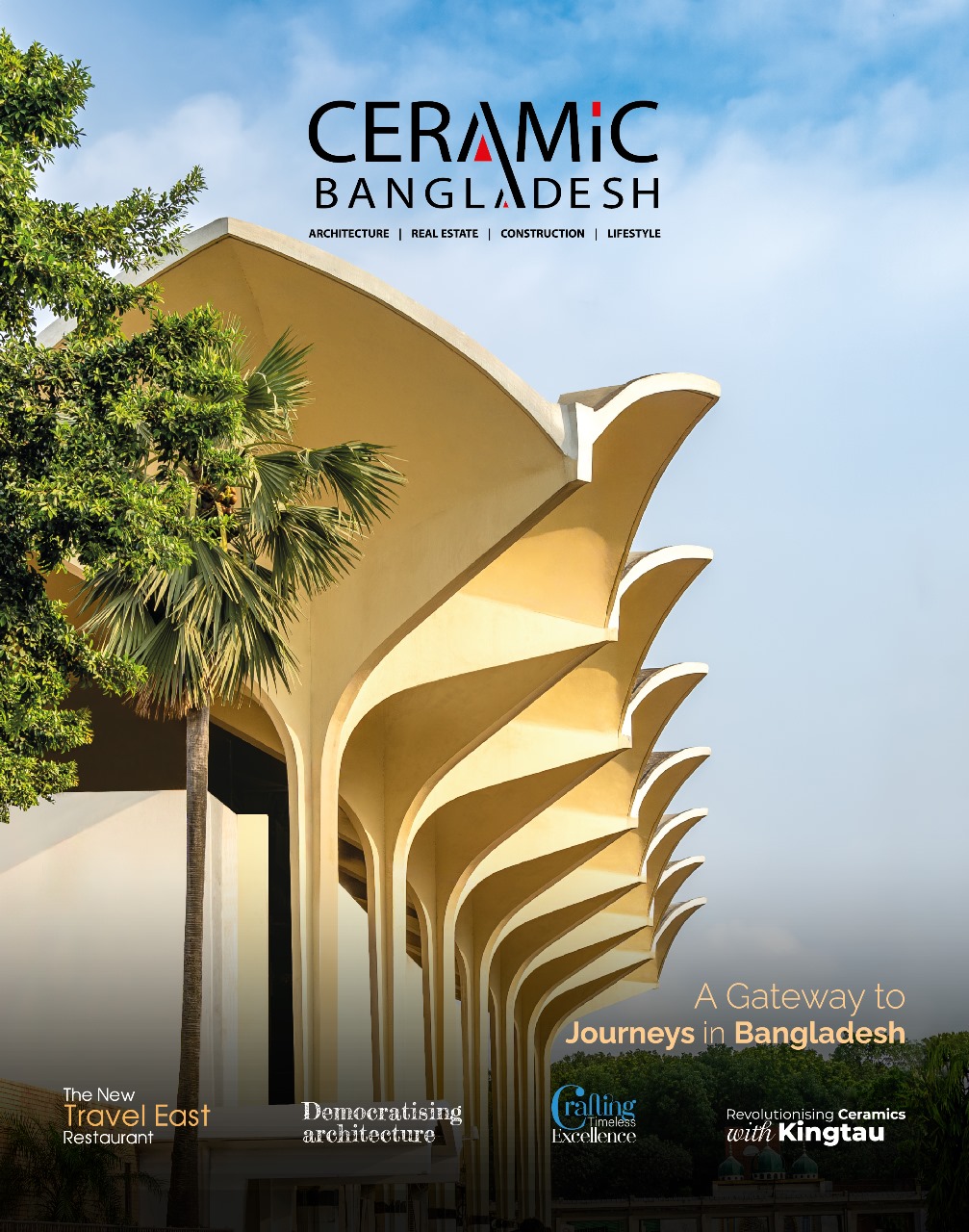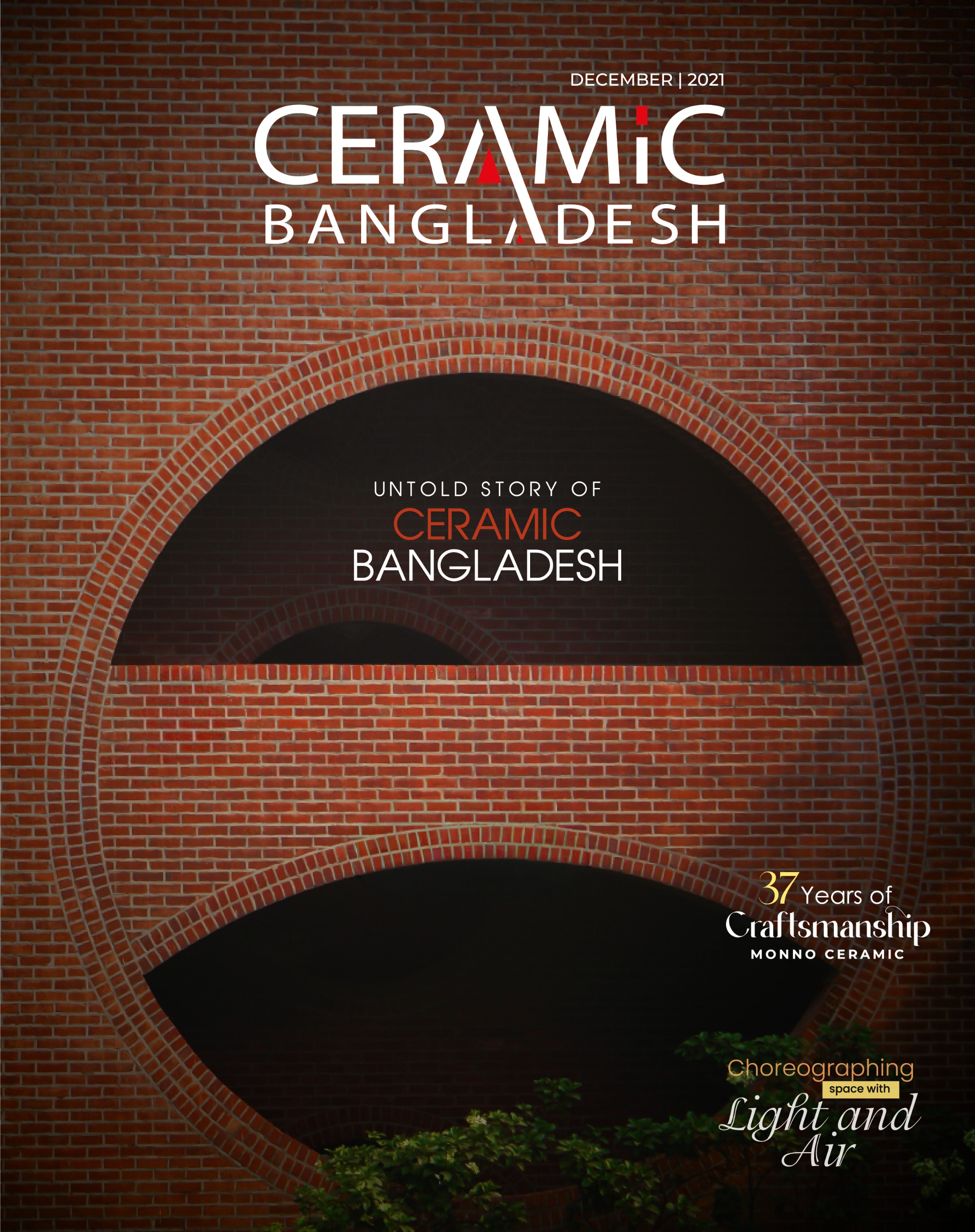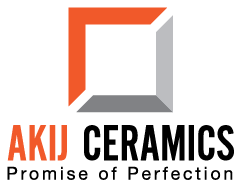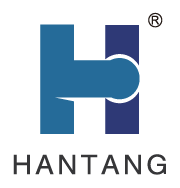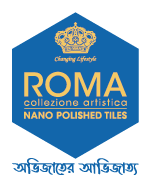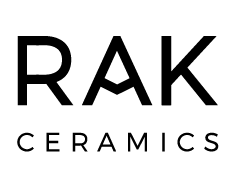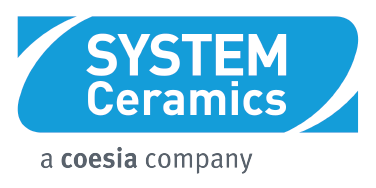
IAB Build Expo, ArchSummit See Vibrant Participation of Architects on Day 2
Day two of the global events of the Institute of Architects Bangladesh (IAB) — the IAB Build Expo 2025 and Bangladesh ArchSummit 2025 — saw vibrant participation from architects, designers, academics, and industry leaders from home and abroad. While the ArchSummit hosted curated seminars and panel discussions for registered participants, addressing key issues within the contemporary architectural landscape, the IAB Build Expo — the country’s largest exhibition of building materials and construction innovations — remained open to all visitors. Held at the Bangladesh-China Friendship Conference Centre (BCFCC) in the capital alongside the expo, IAB launched Bangladesh ArchSummit 2025 under the theme “Crafting Space, Shaping Habitat.” The three-day event, running from December 11 to 13, brought together global and local experts from various fields to engage in dialogue on the future of Asia’s built environment. The ground floor of BCFCC hosted a lively exhibition where leading brands showcased their latest products and innovations, allowing visitors to explore advancements that support stronger, safer, and more sustainable construction. The second floor featured a dedicated ArchSummit seminar hall, with adjacent corridors displaying award-winning architectural projects from Bangladesh, creating a well-curated and dynamic event overall. Architect Rashed Chowdhury, a practising architect and founder of Dehsar Works (DW), opened the second day’s roundtable discussion on the “Poetics of Crafting Spaces” with a fundamental question: “Where is here?” “Our geographical and socio-political context inevitably shapes our responsibilities as designers — influencing how we think about space-making and the materials we choose,” he said. By posing this question, he invited participants to examine how the sense of belonging is defined, whether “here” is determined by political boundaries or by the deeper, more enduring contours of culture and identity. Speaking on materiality, award-winning green architect Rizvi Hassan remarked that it is much like cooking — and that, like any good chef, architects should feel free to use all the ingredients available to them. Shamsul Wares, a trailblazer of contemporary Bangladeshi architecture and an eminent art critic, reflected on how modern architecture’s obsession with efficiency has fallen short, arguing that true value lies in quality and the poetic dimension of space. “Architecture is about designing experience,” he said, highlighting light as both phenomenon and material. Wares urged architects to learn from modernity’s mistakes while considering the body, soul, and society in their work. “All art wants to be poetry. Poetry wants to be music. And music ultimately wants to be spirituality,” he concluded. The event’s guest of honour, Architect Fawad Suhail Abbasi, president of the Institute of Architects, Pakistan (IAP), reflected on how the day’s discussion prompted him to reassess his own practice. With his firm long focusing on brick and sustainable architectural practice, he realised that one cannot overlook the foundational lessons inherited from peers and mentors. He emphasised the importance of finding the mentor within oneself, following that inner direction, and discovering one’s own architectural path, much like the evolving journey of Bangladeshi architects today. After a break for prayer and lunch, a second panel discussion on design, dialogue, and direction in shaping habitat brought together local architects and academics. The discussion highlighted how governments worldwide often overlook the realities of architectural practice — advising against costly materials without recognising that every material has its place when used appropriately. One panellist noted that while academic curricula aligned with the SDGs have expanded, they fail to create responsible citizens who can truly improve the city and country. The day concluded with the IAB Induction Ceremony 2025, welcoming its new fellows and members. Chief Adviser of the Government of Bangladesh, Muhammad Yunus, conveyed his heartfelt congratulations virtually, noting that one of the year’s first significant milestones was the unification of the Architects’ Association of South Asia. With representatives from seven countries coming together, he emphasised that this collaboration would strengthen knowledge exchange, professional cooperation, and a sense of fraternity among architects across the region — particularly as many of their challenges remain shared. Written by Fariha Hossain




